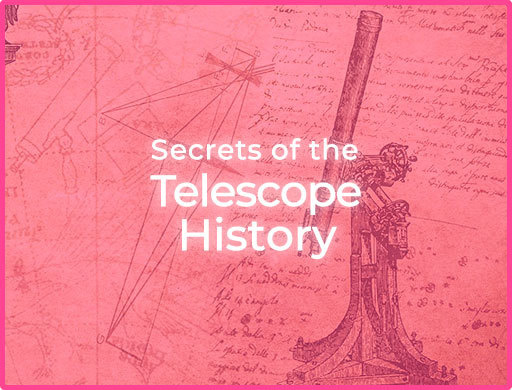Secrets of the
Telescope History

 Invention of telescopes has led to
historic breakthroughs in astronomy
Invention of telescopes has led to
historic breakthroughs in astronomy


Invention of telescopes has led to historic breakthroughs in astronomy




Galileo Galilei, an Italian astronomer, made a telescope, and became the first to apply telescopes to astronomical observations about 400 years ago.


Galileo made a telescope by simply combining a convex lens and a concave lens, which is commonly called a Galilean telescope.


The book entitled Starry Messenger was published by Galileo in 1610 to announce the discoveries of craters on Earth’s Moon, and existence of Jupiter’s moons.
 Invention of reflecting telescopes led to larger telescopes
Invention of reflecting telescopes led to larger telescopes


Invention of reflecting telescopes led to larger telescopes


It is invention of reflecting telescopes, which use mirrors instead of lenses, that enabled production of large telescopes, whereas it is difficult to achieve this with refracting telescopes. Isaac Newton made the first known functional reflecting telescope in 1672. Along with advanced technology for producing mirrors, this invention became a push for a rise in large-sized telescopes.
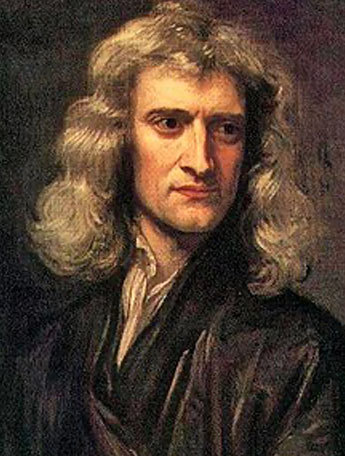

The English scientist Isaac Newton, known for the discovery of the law of universal gravitation, developed a theory of color based on experiments with a prism to split up white light into 7 colors.


Reflecting telescopes, invented by Newton with use of mirrors to gather light, enable a more compact system, and increase image sharpness in comparison with Galilean telescopes.
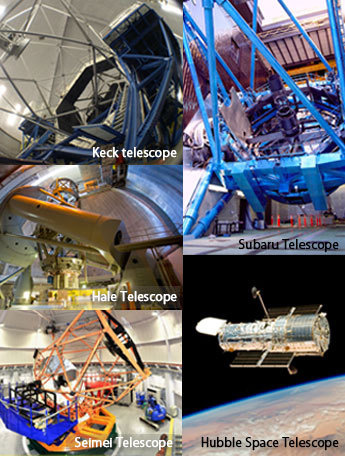

The reflecting telescope design is more suitable for large telescopes, because the body does not need to be long for larger mirrors, while refracting telescopes tend to be large and heavy.
 Astronomy’s advanced technology is all around us
Astronomy’s advanced technology is all around us


Astronomy’s advanced technology is all around us


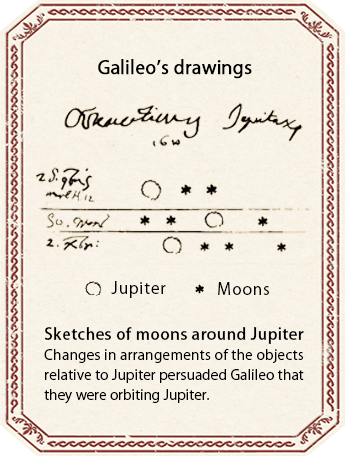

Before photography was invented in the 19th century, sketching was the only way to record observations through telescopes.
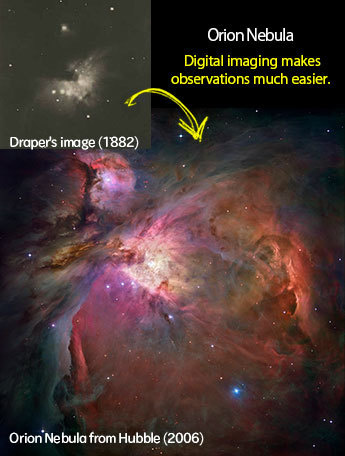

The advent of a Charge Coupled Device (CCD) in the 20th century marked the introduction of digital imaging in astronomy, taking over the main use of photographic plates and films.
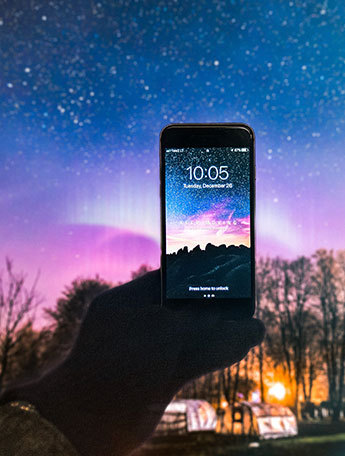

The CCD, which was developed for scientific use, is now commonly used in many products we use daily, like cameras and mobile phones.


What would you like to learn next?


 Ready to take the quiz?
Ready to take the quiz?





